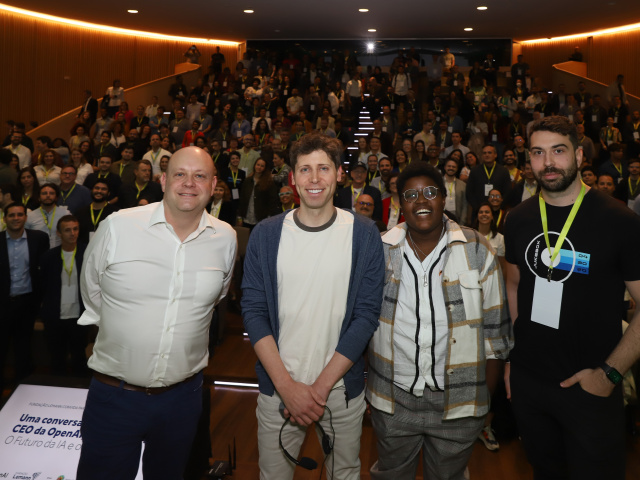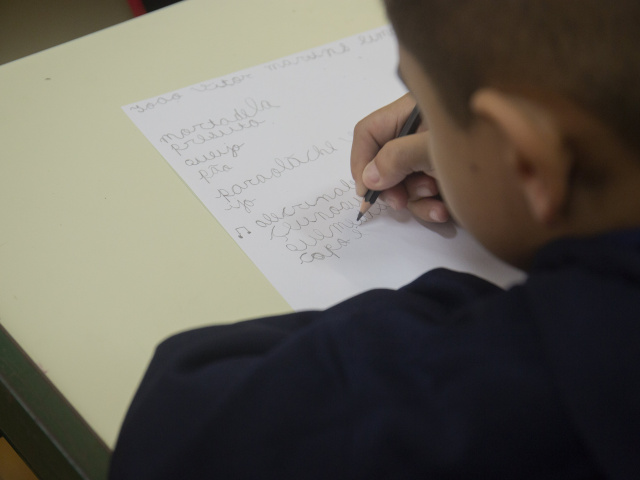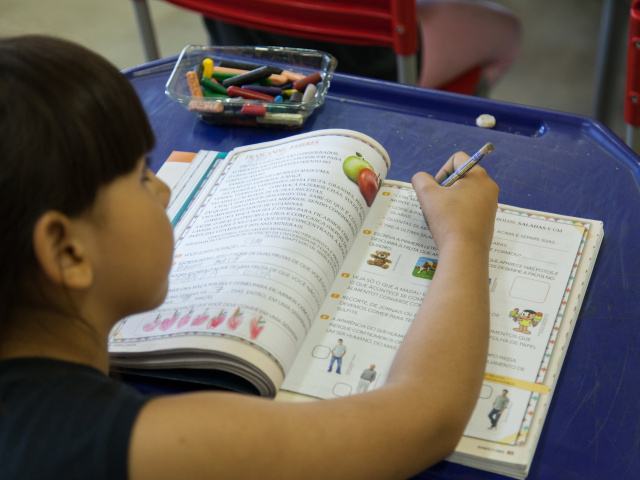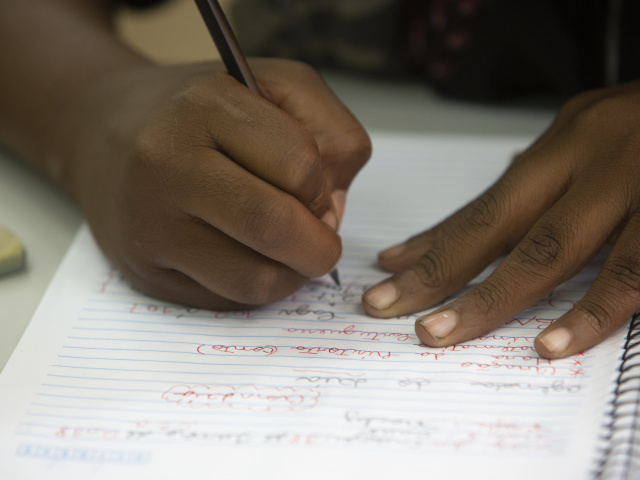In the worst-case scenario, the COVID-19 pandemic could set back educational gains in Brazil by up to four years, according to a study commissioned by the Lemann Foundation.
The analysis by the Learning and Evaluation and Results Learning Center for Brazil and Lusophone Africa (FGV EESP Clear) predicted that educational attainment—which had been improving consistently year-over-year since 2005—could face massive setbacks from the pandemic.
The study used a mix of historical test scores and other data to predict the effects of closed schools and uneven virtual learning across the country. Three models were simulated: optimistic, intermediate, and pessimistic.
The pessimistic scenario anticipated that standardized test scores in Portuguese and math for public school students from middle school (fifth to ninth grades) through high school would roll back to 2017 levels for Math and 2016 levels for Portuguese.
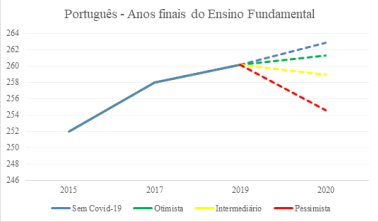
The three scenarios were based on different assumptions. In the optimistic case, the model assumes a student learning remotely would learn exactly as much as a regular in-person school day provided they performed school activities. (Since all Brazilian students do not have access to the technology required for remote learning, this scenario includes their predicted outcomes as well.)
The pessimistic, worst-case scenario relied on the assumption that no learning is happening outside the school through remote teaching and that the only educational gains that did occur in 2020 happened in the first three months of the school year before schools were closed.
If this was the case, the numbers pointed to a backslide to Saeb standardized test scores from four years ago in Portuguese and three years ago in mathematics.
In the intermediate case, the assumption was students spent half as much time engaging in remote learning as they would have in a regular school day. The prediction for the intermediate case is equivalent to approximately two years of educational losses in both Portuguese and math.
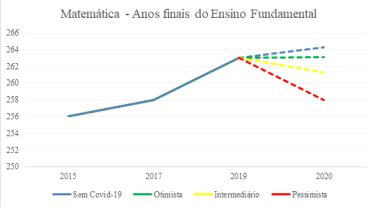
Unsurprisingly, children and adolescents from the poorest and most socially vulnerable communities were predicted to be the most hard-hit, suffering the greatest setbacks in educational gains. The level of inequality depended on gender, race/color, and mother's education, as well as location.
The most-affected population groups were in their final years of middle and high schools. In both groups, they were male, brown, black, indigenous, with mothers who didn’t complete elementary school. The least affected in most cases would be white females with mothers with at least a high school education.
Geographically, disparities between states also emerged. Students from the poorer and less developed North and Northeast regions were predicted to suffer greater learning losses than students from the wealthier South and Southeast parts of the country. Brazil overall is one of the most unequal, while at the same time wealthiest, countries in the world.
The silver lining was that the number of hours dedicated to remote learning activities might make a difference.
The assessment shows the importance of the bet that was made on remote education, even with all its limitations,” said Daniel de Bonis, Director of Educational Policies at the Lemann Foundation. “Technology proved to be an ally in the teaching and learning process during the pandemic, and hybrid teaching will continue to be fundamental in 2021, including in overcoming the gaps.”
André Portela, the lead researcher of the study and Full Professor of Public Policies of the São Paulo School of Economics of FGV EESP, said one major takeaway from the study is that “interrupting classes leads to a significant reduction in student learning.”
In addition, Portela said, “we understand that in a scenario of interruption of face-to-face classes, student learning depends on access to remote education and that access is uneven in Brazil.”
Last, Portela said, “the growth in the learning of Brazilian students may slow down or even fall back. This result occurs unevenly in the country affecting the underprivileged most strongly. Thus, efforts to guarantee access to quality remote education for all are urgent in order to avoid the loss of learning and the increase in educational inequalities that will result from it.”
The inequality between groups of students, curricular components, school cycles, and territories pointed out in the research indicates a challenge for school districts in planning face-to-face classes.
“Measuring individual student level using diagnostic assessments will be necessary in this context of uncertainty, as students' access to remote education was quite uneven,” said De Bonis. "Identifying these gaps will enable a flexible approach to curriculum content focused on what each student needs to recover from the lost learning.”
To support educational networks across Brazil, the Lemann Foundation supported the launch of Learning Support Platform, which provides tools for diagnostic assessments. Learning verification activities are available free of charge to teachers and school managers. Based on these assessments, the platform assists in the construction of effective lesson plans anchored in the National Learning Standards (BNCC) and in a set of guidelines so that all students can advance in the pedagogical content.
To conduct the assessment, the FGV EESP Clear study took into account the level of learning in a typical year (using data from Saeb from 2015 to 2019), the level of interruption of classes (estimated at 72% of the school year), and the subsequent learning from remote education assumed in the three scenarios.
The methodological model employed for the study was based on a global World Bank study that estimated the impact of school closures due to COVID-19.

